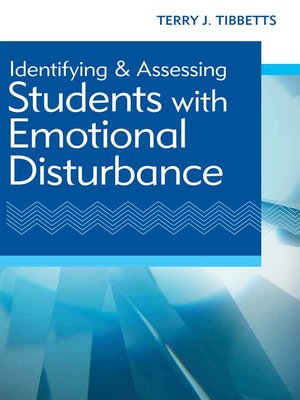
Sign up to save your library
With an OverDrive account, you can save your favorite libraries for at-a-glance information about availability. Find out more about OverDrive accounts.
Find this title in Libby, the library reading app by OverDrive.



Search for a digital library with this title
Title found at these libraries:
| Library Name | Distance |
|---|---|
| Loading... |
To help improve social and academic outcomes for all students, school psychologists must be ready to accurately identify, assess, and support students with emotional disturbance. This essential resource gives them the clear information, practical guidance, and up-to-date research they need. Ideal for use as a supplemental textbook or a key reference for in-service school psychologists, this book will clarify what constitutes emotional disturbance in educational settings, how it differs from the clinical definition, and how to assess and intervene effectively so students learn and thrive.
PREPARE SCHOOL PSYCHOLOGISTS TO:
PRACTICAL FEATURES:
Brief vignettes and excerpts from federal- and state-level court findings help illuminate the educational definition of emotional disturbance, and practical tables and charts aid with the assessment process and determining eligibility.







